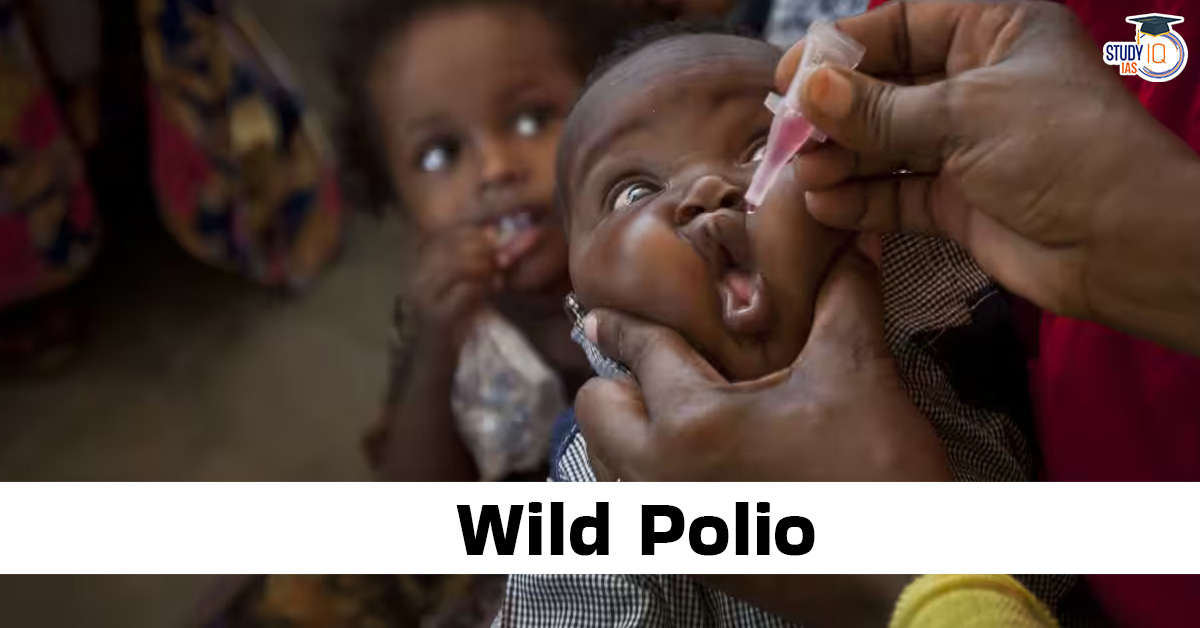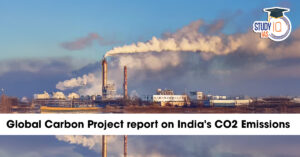Table of Contents
Wild Polio, or Wild Poliovirus (WPV), remains one of the most feared viral diseases due to its ability to cause irreversible paralysis, especially in children under five. While the world has made significant progress toward eradication, recent detections in wastewater samples in countries like Germany (2025) show that the virus remains a global health concern.
This SEO-friendly guide explains what Wild Polio is, how it spreads, symptoms to watch for, global cases, and the latest eradication efforts.
What Is Wild Polio (Wild Poliovirus)?
Wild Poliovirus (WPV) is a naturally occurring virus that causes poliomyelitis, a highly infectious disease affecting the nervous system.
There are three types of wild poliovirus:
-
WPV1 – still circulating (endemic)
-
WPV2 – eradicated in 1999
-
WPV3 – eradicated in 2012
Only WPV1 remains in circulation, primarily in Afghanistan and Pakistan.
How Wild Polio Spreads
Polio spreads mainly through the fecal-oral route, especially in areas with:
-
Poor sanitation
-
Contaminated water
-
Inadequate hygiene
Transmission can occur through:
-
Ingestion of contaminated food or water
-
Contact with infected feces
-
Touching contaminated surfaces
-
Close contact with an infected person
-
Droplets (in early phase)
Wild poliovirus can survive in the environment for weeks, making it highly transmissible.
Symptoms of Wild Polio
Most infections are asymptomatic, but the virus can still spread.
Common symptoms (non-paralytic):
-
Fever
-
Fatigue
-
Headache
-
Vomiting
-
Neck stiffness
-
Muscle pain
Paralytic Polio (rare but severe):
-
Sudden limb weakness
-
Loss of reflexes
-
Permanent paralysis
-
Breathing difficulties
Around 1 in 200 infections leads to irreversible paralysis.
Global Status of Wild Polio (2025)
Despite decades of vaccination, complete eradication remains a challenge.
Current endemic countries:
-
Afghanistan
-
Pakistan
Recent detections outside endemic regions:
-
Germany (2025) – WPV1 detected in Hamburg wastewater
-
Malawi (2021) – confirmed case
-
Mozambique (2022) – confirmed case
-
Iran (2019) – environmental sample
These detections show how global travel and migration can spread the virus beyond endemic zones.
Vaccination: The Most Effective Protection
There are two types of polio vaccines:
1. IPV (Inactivated Polio Vaccine)
-
Used in Europe and many developed countries
-
Prevents paralysis
-
Offers limited protection against infection and transmission
2. OPV (Oral Polio Vaccine)
-
Widely used in developing countries
-
Excellent mucosal immunity
-
Can rarely mutate and cause vaccine-derived poliovirus (VDPV)
High vaccination coverage is essential to prevent outbreaks of both WPV and VDPV.
Role of Environmental Surveillance
Countries use wastewater surveillance to detect poliovirus circulation.
It helps:
-
Identify silent transmission
-
Track imported cases
-
Assess risks in highly populated cities
-
Activate rapid immunization responses
This method was crucial in detecting WPV1 in Hamburg and cVDPV2 across Europe and Asia.
How to Prevent Wild Polio
1. Full Vaccination
-
Ensure children receive all recommended doses of polio vaccine.
2. Improve Sanitation
-
Safe drinking water
-
Handwashing with soap
-
Proper waste disposal
3. Strengthen Surveillance
-
Wastewater monitoring
-
Rapid response to any detection
4. Maintain Travel Precautions
CDC recommends:
-
A lifetime IPV booster for adults entering polio-risk countries.
Why Eradicating Wild Polio Is Challenging
-
Low vaccination pockets in conflict zones
-
Migration & cross-border movement
-
Vaccine hesitancy
-
Infrastructure breakdown during conflicts
-
Limited access to remote areas
Still, global polio cases are now over 99% lower than in 1988.
Conclusion
Wild Polio is close to eradication, yet not fully gone. The re-emergence of WPV1 in surveillance systems, even in polio-free countries, highlights the need for constant vigilance, strong vaccination programs, and global cooperation. With continued immunization and monitoring, eliminating wild poliovirus completely is both possible and within reach.


 Climate and Health Funders Coalition
Climate and Health Funders Coalition
 Hydrogen Valley Innovation Clusters (HVI...
Hydrogen Valley Innovation Clusters (HVI...
 Global Carbon Project Report on India’...
Global Carbon Project Report on India’...

























